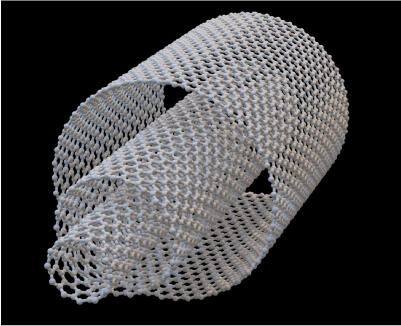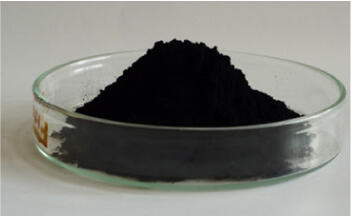(This is an English translation of the original Japanese article.
The publication date refers to that of the Japanese version,
which differs from the upload date of the English version.)
With the introduction of smart agriculture technologies such as sensors and drones and the expansion of cold chains through refrigeration equipment, the agriculture, forestry and fisheries have seen an increase in electricity usage in recent years. This has led to a growing demand for technology capable of storing larger amounts of nighttime and renewable energy-based electricity for use in various situations. Supercapacitors are one of the reliable energy storage technologies that can serve such purposes. Although supercapacitors can charge and discharge faster than rechargeable batteries and have a longer cycle life, their energy storage capacity is limited. To address this issue, Nano Summit Co., Ltd. (headquartered in Kawaguchi City, Saitama Prefecture) has utilized its proprietary technology related to nanomaterials to develop electrode materials for high-capacity supercapacitors. If this technology becomes widespread, it could reduce the energy consumption during the production and distribution processes of agriculture, forestry and fisheries.
What is a capacitor?
Capacitors are devices that store and release electricity. Supercapacitors are categorized as capacitors and have a higher electrical capacity. Despite its large capacity, it can be charged in less time than familiar rechargeable batteries such as lithium-ion batteries and experiences less degradation from charging and discharging, resulting in a longer cycle life. However, it faces the challenge of having a limited electricity storage capacity compared to rechargeable batteries. To address this, the company is developing a higher-capacity supercapacitor using nanoscale materials (carbon nanotubes (see Photo 1and Glossary 1), or CNTs for short) that are 1/1000th the diameter of a hair.

Photo 1: Carbon nanotubes (provided by Nano Summit Co., Ltd.)
Carbon nanotubes and dispersion technology
In supercapacitors, the anode and cathode electrodes face each other, and the larger the specific surface area (see Glossary 2) of the electrode material, the more electricity it can store. Activated carbons are commonly used as an electrode material, but the company has combined it with Carbon nanotubes (CNTs), which is more electrically conductive. CNT is a tiny cylindrical (tube-shaped) substance made of carbon and looks like black powder (as shown in Photo 2). Because of its large specific surface area, CNTs can store more electricity with the same weight.
Also, by adding a resin called polyacrylonitrile, which contains a lot of nitrogen, and heat-treating it, a property conversion called nitrogen doping (see Glossary 3) is performed. As a result of adding a small amount of nitrogen to the carbon, this electrode has increased the electrostatic capacity that can be stored in the same area.
Furthermore, the company has succeeded in developing an electrode material using its own "dispersion technology," which is the process technology to mix CNTs to other materials uniformly and maximize its characteristics. As a result, they achieved a capacity (energy density) of 15 Wh (watt-hours) per kg, about three times higher than conventional supercapacitors.

Photo 2 : Nanomaterial for electrode that increases the electricity storage capacity
(provided by Nano Summit Co., Ltd.)
Future prospects
What kind of use cases can we expect in the future? With the spread of cold chains, the use of refrigeration and freezing equipment is expanding. If supercapacitors with about three times the capacity of conventional ones become widespread, it is expected that continuous use for several hours will be possible.
Supercapacitors are already used for regenerative brakes in automobiles as a device to recover and charge the energy during deceleration utilizing the motor as a generator. A supercapacitor (Photo 3) with three times the capacity of conventional ones using nanomaterials can instantly deliver large power and enable long-life storage. In the future, it is expected to be useful as an energy source for agricultural machinery.

Photo 3: Electrode materials using nanomaterials
(provided by Nano Summit Co., Ltd.)
Glossary 1
Carbon nanotubes: A honeycomb-like sheet of tiny hexagons made up of six carbon atoms that curl into a tube
Glossary 2
Specific surface area: Surface area per unit mass (or volume) of an object
Glossary 3
Nitrogen Doping: Addition of small amounts of nitrogen as an impurity to change the physical properties of the crystal
Project name
The Project for Development of New Practical Technology
Project period
FY2015 to 2017
Title
Research and Development of a New Capacitor for Refrigeration and Freezing to Dramatically Reduce Energy Consumption in Production and Distribution Processes and its Practical Application
Leading research institutes
Nano Summit Co., Ltd. (representing institution), The University of Tokyo, Shinshu University, Taiyo Yuden Co., Ltd.
